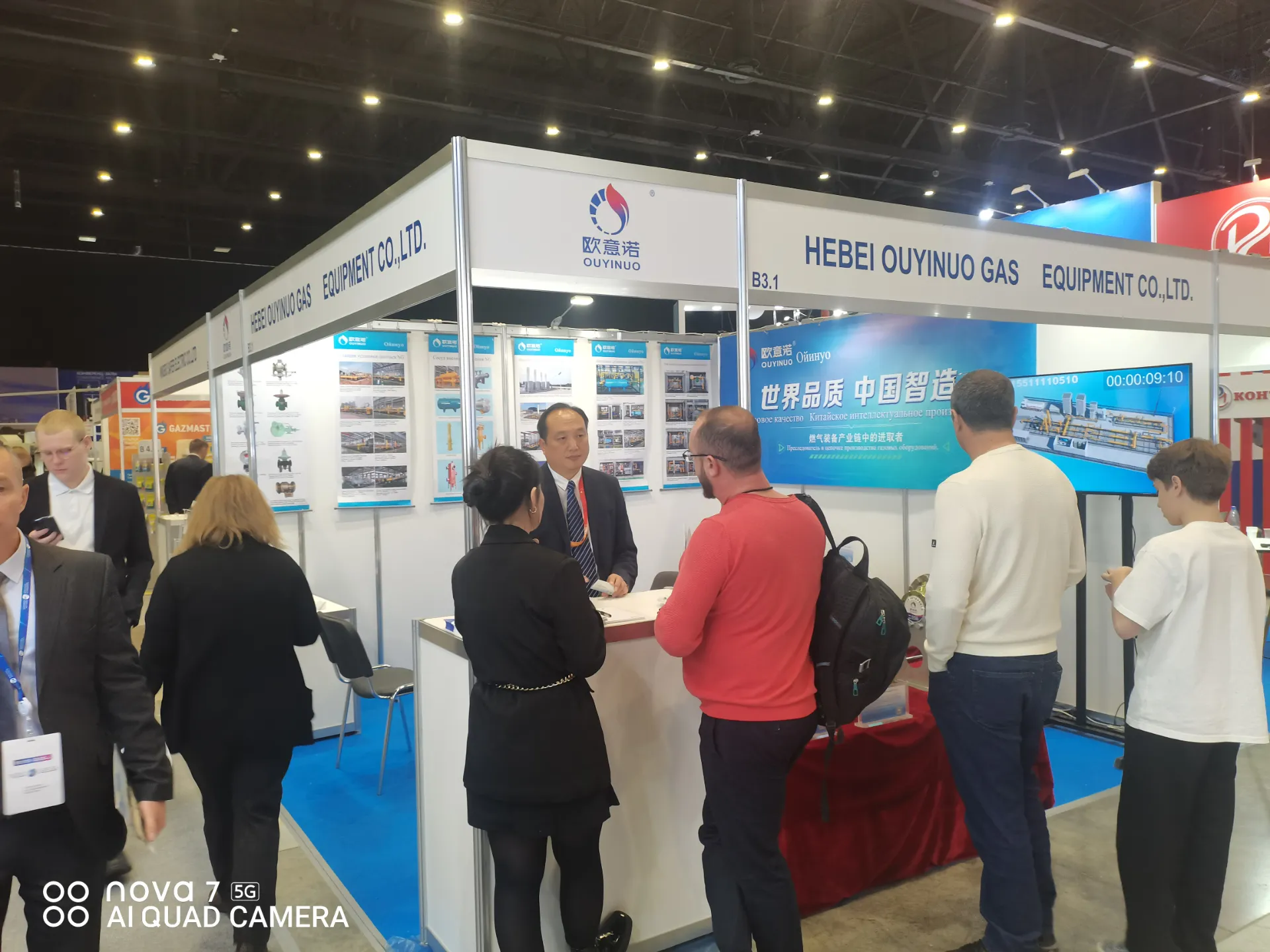
Dec . 02, 2024 03:05
Back to list
Gas Coalescer Technology for Enhanced Efficiency and Performance in Industrial Applications
The Significance of Gas Coalescers in Industrial Applications
Gas coalescers are critical components in various industrial processes, particularly in the oil and gas sector, water treatment, and chemical manufacturing. They serve the essential function of separating gas streams from liquid particles and impurities, ensuring the quality and efficiency of operations. This article explores the significance, working principles, and applications of gas coalescers, highlighting their role in enhancing industrial processes.
At its core, a gas coalescer functions by employing a series of specially designed media that capture and aggregate smaller liquid droplets suspended in a gas stream. When a gas containing liquid droplets passes through the coalescer, the droplets collide and merge, forming larger droplets that can be easily separated from the gas. The primary goal of this process is to minimize liquid carryover, which can lead to corrosion, operational inefficiencies, and product contamination.
The design of a gas coalescer typically includes elements such as filter media, flow distribution systems, and separation vessels. The filter media may be composed of different materials, such as fibrous materials or synthetic substrates, which promote droplet coalescence. The effectiveness of a coalescer is largely determined by the size of the droplets it can effectively capture; thus, it is crucial to select the right type of coalescer for the specific application.
One of the most significant advantages of using gas coalescers is the improvement in process efficiency
. In the oil and gas industry, for instance, the presence of liquid particles in gas pipelines can lead to increased pressure drop, reduced throughput, and potential safety hazards. By employing coalescers, companies can maintain a cleaner gas stream, which not only enhances flow rates but also prolongs the life of compressors and other downstream equipment.gas coalescer

Moreover, gas coalescers play a vital role in protecting sensitive equipment from damage. In gas processing plants, for example, liquid carryover can cause severe damage to compressors and turbines, leading to costly repairs and unplanned downtime. By effectively removing liquids from the gas stream, coalescers mitigate these risks, fostering a more reliable and efficient operation.
In addition to enhancing efficiency and equipment protection, gas coalescers contribute to environmental sustainability. As industries face increasing pressure to reduce their environmental impact, effective separation of liquid contaminants is crucial. Gas coalescers help minimize emissions of volatile organic compounds (VOCs) and other harmful substances, supporting compliance with environmental regulations and promoting cleaner production processes.
The applications of gas coalescers are extensive. In the natural gas industry, coalescers are commonly used to remove water, hydrocarbons, and particulate matter from gas streams before they enter processing plants. Similarly, in the chemical manufacturing sector, where gases may contain moisture or corrosive substances, coalescers ensure the purity of the gas used in reactions, thus improving product quality and yield.
In water treatment facilities, gas coalescers assist in removing dissolved gases, such as hydrogen sulfide or carbon dioxide, from water streams. This is essential not only for meeting regulatory standards but also for enhancing the overall quality of treated water. Furthermore, in the food and beverage industry, coalescers can help in ensuring the purity of gases used in carbonation, providing consumers with a safe and high-quality product.
In conclusion, gas coalescers are indispensable tools in modern industrial operations. Their ability to separate liquid contaminants from gas streams significantly enhances process efficiency, protects equipment, and promotes environmental sustainability. As industries continue to prioritize safety and efficiency, the role of gas coalescers will undoubtedly become increasingly vital in various applications. Investing in the right gas coalescing technology is essential for companies aiming to thrive in a competitive landscape while minimizing their ecological footprint.
Latest news
-
Safety Valve Spring-Loaded Design Overpressure ProtectionNewsJul.25,2025
-
Precision Voltage Regulator AC5 Accuracy Grade PerformanceNewsJul.25,2025
-
Natural Gas Pressure Regulating Skid Industrial Pipeline ApplicationsNewsJul.25,2025
-
Natural Gas Filter Stainless Steel Mesh Element DesignNewsJul.25,2025
-
Gas Pressure Regulator Valve Direct-Acting Spring-Loaded DesignNewsJul.25,2025
-
Decompression Equipment Multi-Stage Heat Exchange System DesignNewsJul.25,2025

